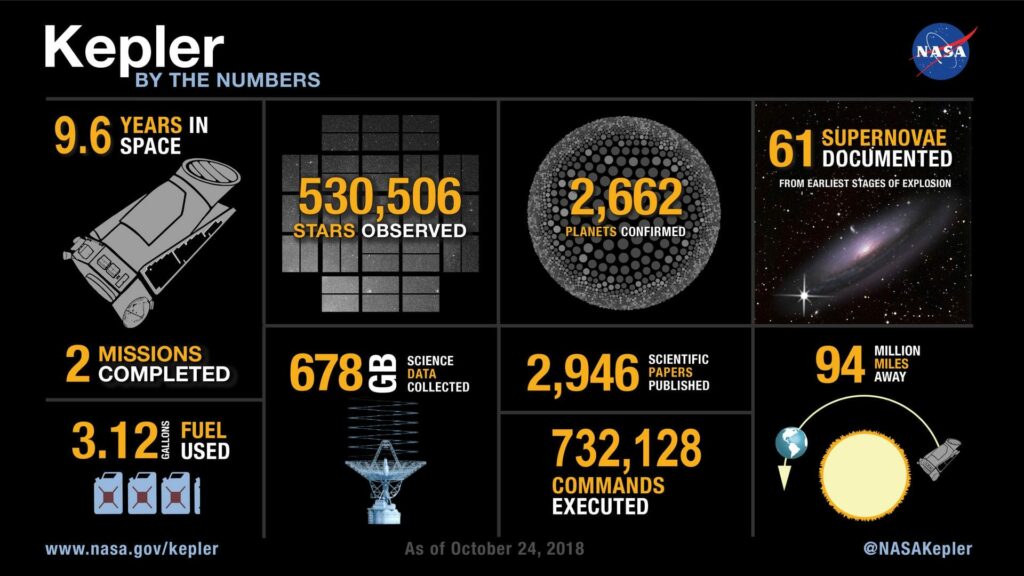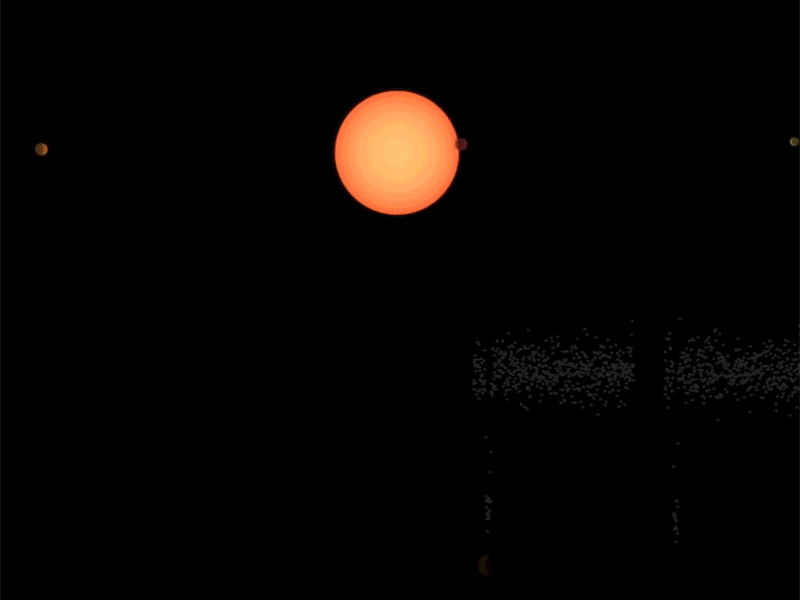A team of astronomers from the Massachusetts Institute of Technology and the University of Wisconsin-Madison announced the discovery of three previously unknown extrasolar worlds. These are the last exoplanets found by the Kepler telescope in the final week of its mission.
Kepler Mission Achievements
To date, astronomers have been able to confirm the existence of over 5 thousand exoplanets. More than half of them were found by the Kepler telescope. In the period from 2009 to 2018, it searched for extrasolar worlds using the transit method — by registering changes in the brightness of stars caused by bodies orbiting around them.

By 2018, Kepler had exhausted its last fuel reserves, after which NASA turned off the telescope. It was replaced by the new TESS space observatory. At the moment, it has managed to detect over 330 exoplanets. Another 6,600 are still listed as candidates.
The latest exoplanets found by the Kepler telescope
A team of American astronomers set out to study the data collected by Kepler in the last days of its operation, when the telescope almost ran out of fuel. Because of this, the mission specialists lost the ability to keep the spacecraft in a stable position and the quality of its measurements deteriorated.
Nevertheless, the scientists managed to develop a methodology that allowed them to analyze the latest Kepler data for the presence of transits. Success awaited them. In the last week of its work, Kepler was able to detect changes in the brightness of three stars. In the course of subsequent observations made with the help of other telescopes, the researchers confirmed the existence of two exoplanets. The third is still considered a candidate.

Two confirmed exoplanets received the designations K2-416 b and K2-417 b. They are located at a distance of 400 light-years from the Solar System and are hot mini-Neptunes. The first exoplanet is 2.6 times larger than Earth and makes one orbit around the star in 13 days. K2-417 b is larger. Its radius is three times the radius of the Earth, and the period of orbit is 6.5 days.
As for the exoplanet, which is still considered a candidate, it is a hot Neptune located at a distance of 1200 light-years from the Solar System. It is four times the size of Earth and orbits its parent star in 10 days.
According to the researchers, although all of these worlds are not unusual in themselves, they are interesting due to the unusual history of their discovery and symbolic significance, like the last exoplanets of the Kepler mission.
According to https://phys.org
Follow us on Twitter to get the most interesting space news in time
https://twitter.com/ust_magazine

